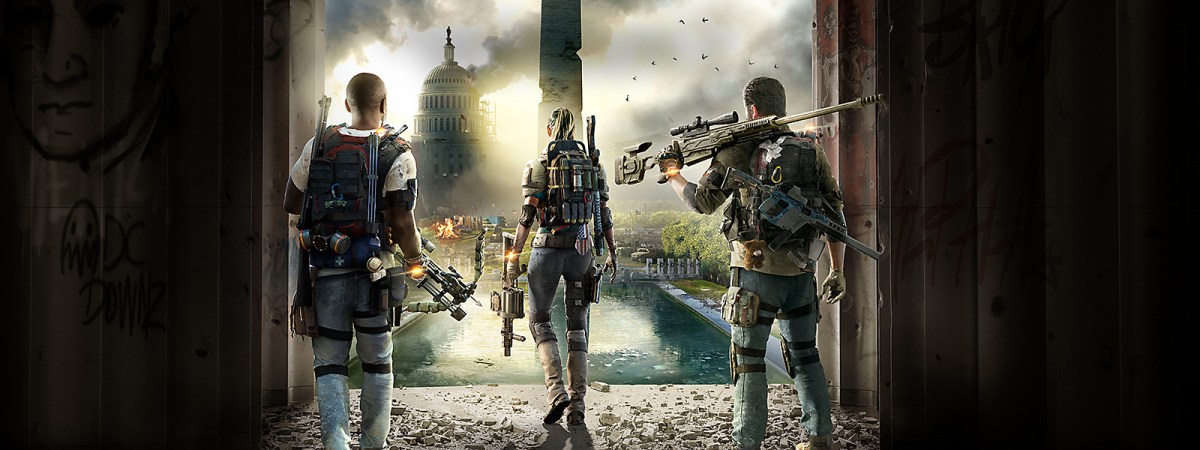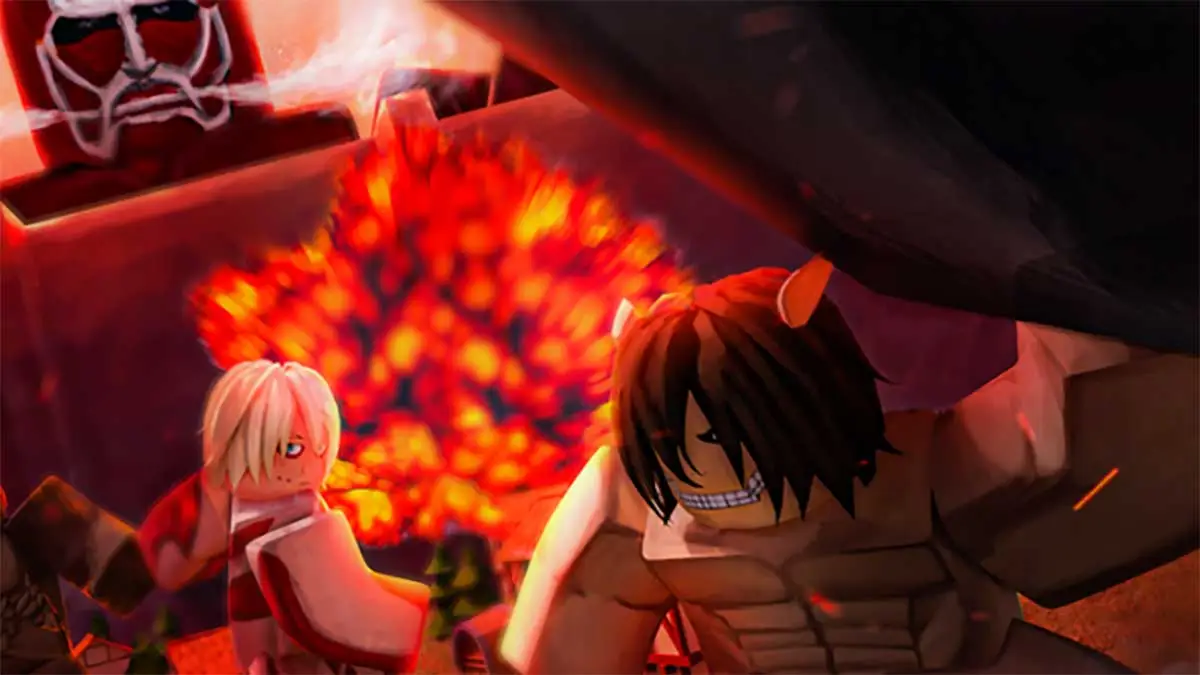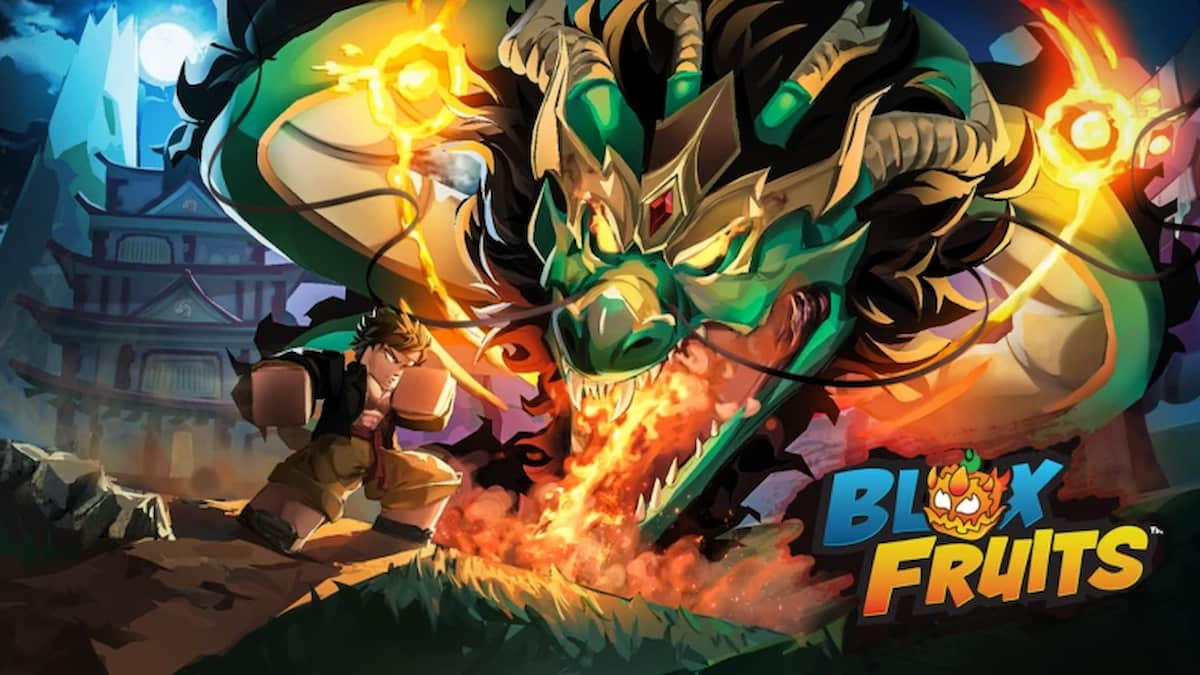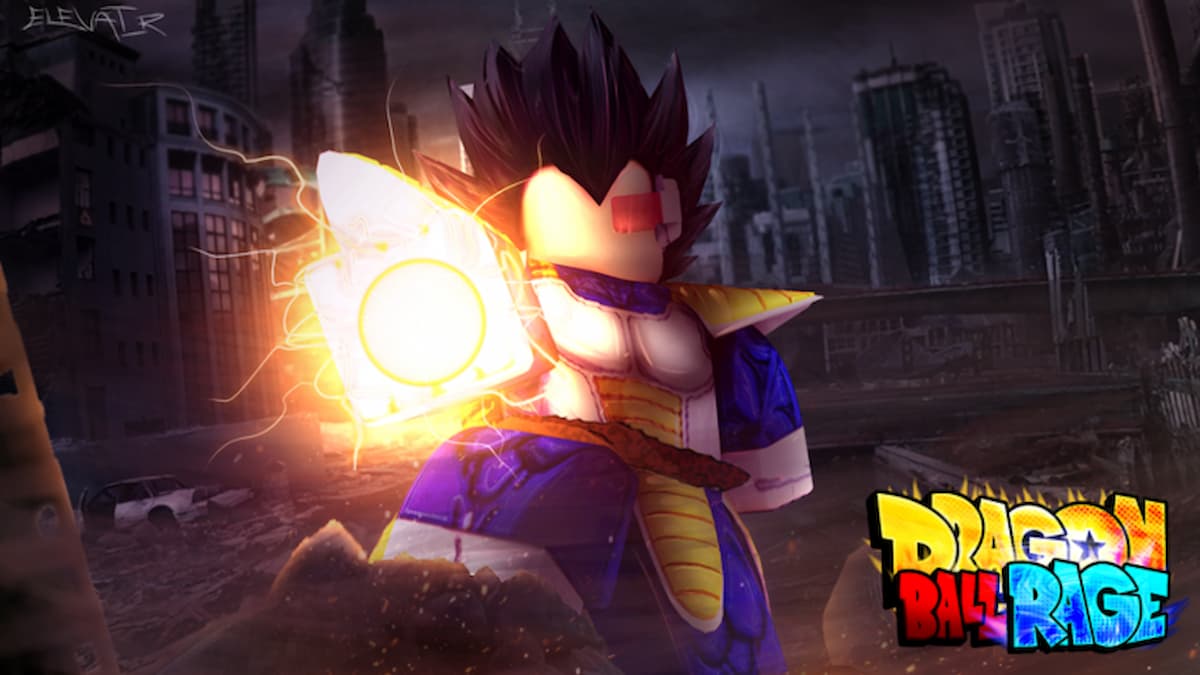After spending countless hours in The Division 2, it is finally time to break down the game, find the good and the bad, and talk about all the things Ubisoft did in this follow up looter-shooter.
Being honest, I entered into The Division 2 primed and ready to spot flaws. Recent disappointments in the looter-shooter genre had me on the defensive. I wasn’t buying any hype, and I was prepared to jump on any weakness. What I found was a game that is, in many ways, extremely impressive. There is a level of thought and polish in the design that makes it all stand out positively. The Division 2 manages to be the obvious follow up to the original game, while also doing all the right things to make an interesting and engaging loot-driven shooter. Does it have a couple of misfires? Absolutely, but exactly how important those are to you is really a matter of perspective.
An America At War
I’m going to focus on what I consider to be the weakest aspect of the game first. Much of my discussion around the game is going to be rolling praise, so I think it is best to just deal with the elephant in the room nice and early. The Division 2 has a by and large, terrible story. Set in Washington DC instead of the originals New York backdrop, the story centers around returning power to the President, the upholding the institution of the White House, and getting the nationwide system that Division Agents use back up and running. The game is absolutely laden down with political imagery, from the White House acting as your base of operation, to the environments in which you fight.
Gangs of former civilians control the streets, people we assume were left too close to the edge by the virus that has wiped out so much of the population. They have banded together into different groups. The Hyena, The Outcasts, and The True Sons all sound like biker gangs from an 80’s movie, and they are given roughly as much depth in this story. Bigger threats are hinted at, people who seem to match up with The Division level of tech and training, but this is never really expanded upon in a meaningful way. Most damning of all is a lack of interesting characters. There are small communities dotted around the map that you are supposed to help, but you mostly do it for the loot rather than being led to care in any way about the people there. Everyone needs something, and your job as a Division Agent is to provide it.
Being completely frank, I didn’t care even a little bit about The Division 2’s story, because there was little reason to believe it had anything of value to say. In the run-up to the release of the game, Ubisoft was very clear that The Division 2 was not a political game. It was merely based on books that had political themes, set in a place that is one of the most recognizable political centers on earth and dealt with a nation currently at war with itself. You represent a shadowy specialist team, designed to infiltrate and manipulate the populace, who takes orders from the President and attempts to bring political and social stability to a country. But it is not a political game.
As such, you are left wondering what sort of game it was ever meant to be? At the end of the day, it honestly doesn’t matter. The storyline is simply the skin on this particular body. The muscle, bone, and sinew are where real eating is. And, it has to be said, there is some fine dining to be had in The Division 2.
Agent In Need Of Assistance
Combat in The Division 2 is based around tactical movement and cover options, distracting your enemy, and the use of gadgets. Much like in the first game, Division Agents are laden down with drones, mines, weird armor fixing guns, magic robots that revive each other and all sorts of fun stuff. You can carry any two of them, along with two main weapons, one secondary weapon, and some grenades. Much later in the game, you get access to a Specialist weapon, something like a grenade launcher, or a bow and arrow.
Enemies also come in a variety of types and sizes. The first thing that really tried to kill me in the game was a large man with a chainsaw. Others wield big guns, laden down with armor. Some will come after you with flamethrowers, remote control exploding cars or bombs strapped to their chests. The AI is also quite good, as they work together to try to pin you down and flank you. The sound is extremely important; it is easy to get lost in a gunfight and only hear a bad guy sneaking up on you at the last second.
Weapons can be modified with different attachments, while the equipment you wear can also be modded with various stat boosting mods. All of this is found through play, either as a mission reward, loot found in the world or dropped by slain enemies. Oddly enough, in a world where other looter-shooters have struggled to provide enough loot, The Division 2 lands just on the comfortable side of having too much. I found myself constantly breaking down things I didn’t want, using the material to craft other things, then breaking them down when I replaced them with fresh gear. It was fun, a welcome torrent of items in the face of a genre that can often err on the side of drought.
The mission design is great. I really enjoyed a lot of the environments that you get to fight through in this game, and it takes advantage of some fun Washington DC landmarks to act as backdrops to the tactical violence. Combat is interesting and can be very tough solo. You are mildly reliant on having windows to shoot at things when they are not shooting at you, so teamwork is important. You don’t want to end up trading shots too much, as enemies hit hard, and you will rapidly use up all your armor packs, leaving you vulnerable.
This is one of the areas where the game acknowledges a core part of its a challenge and has systems in place to help. Finding other people to play within The Division 2 is incredibly easy. You can match-make in any safe area, or at the start of any story mission. You have a range of options to choose from to find people who are doing the things you want to do, and the matchmaking is snappy and normally very accurate. When you are just roaming through the world, you can put out a call for assistance, and other agents can choose to join you. It is all simple, and mostly seamless, and made my time playing the game a joy.
The Snowdrop Engine Shines
Speaking of seamless, the world you actually play in looks beautiful and runs very well. I was normally sitting around the 60FPS mark, playing the game at 1440p on my GTX 980. That is quite impressive. There is a decent level of clutter in the world, making it all feel real, with some genuine care gone into designing things like in-game shrines to the fallen, or small areas and the room where people obviously held out as long as they could.
Most impressive of all is that once you load into the game, that is it, no more loading screens. Whether you are going in safe zones, Dark Zones, or missions it all seems just to be one large, connected world. There is an occasional elevator in missions, but they are so quick it is almost hard to count them as a loading screen. Snowdrop appears to be very designed for it’s purpose, and anyone with a genuine interest in game engines might get a kick out of exactly how large, and detail, the world this thing can support. It becomes even more impressive when you consider the inherent multiplayer nature of the game. Fast travel is really the only thing that is going to generate a loading screen in the game, which makes for a beautiful experience while playing.
While the map falls into the usual groove of having lots of icons on it that you need to visit, it all flows together pretty naturally when you are in the world. It is easy to get distracted on your way to a mission by other things that need to be done, and it never feels like progress is not being made. There is no real rush here either, just playing missions or doing in-game activities will level you up, and then you naturally move into the next story mission.
You can also take on Strongholds, long missions designed to really test you. Breaking down these Strongholds and loosening the grip of the Outcasts, Hyenas, and True Sons is vital to moving the story towards the endgame, and they really can be tense and challenging affairs.
We Are In The Endgame Now
When you finish the final mission and hit the endgame, things change a bit. Areas on the map that you did control are lost again to a new force, a group of military contractors called Black Tusk. Special missions open up; Strongholds need to be cracked all over again, the game stops worrying about levels and starts worrying about Gear Score. Your Gear Score dictates what you can access in the endgame, letting you know if you have the stopping power to get these missions completed. You are back on the grind, but it is actually pretty gentle, never really slowing you down for too long.
World Tiers are the new benchmark of difficulty, and you advance them from levels 1 to 4 by finishing Invaded Missions and Strongholds. It is not quite a new campaign, but all the missions featuring the Black Tusk as enemies feel fresh, with redesigned, tougher fights. Many of them are almost designed to punish you for assuming that they play out the same way, so don’t assume you are safe based on experience.
You also get to choose a Specialisation, giving you access to one of three new weapons. These are a Sniper Rifle for the Sharpshooter, a grenade launcher for the Demolitionist, and a crossbow for the Survivalist. It is a fun new tool to use in a fight and helps to compensate for the tougher, smarter enemies you will be taking on.
The Dark Zone has also been redesigned in interesting ways, and while I didn’t get to spend as much time as I would like in there yet, it was still a fun and tense experience. Not every piece of loot you find in there is contaminated, meaning you never feel like a journey into it was wasted, even if you don’t get to airlift your new weapons out. There have also been some great changes made to how you go Rogue, turning it into a conscious choice, rather than just a mistake in the heat of a fight. There is also a PvP mode called Conflict, although I found this to lack any real interest due to some pretty poor matchmaking, and some boring map design.
I think it is a testament to the game that I really enjoyed my time with it, whether playing on my own or solo. I am deep into the endgame now, with no real signs of stopping. It does a great job of catering to the parts of my brain that love seeing shiny loot fall out of bad guys, and the moment to moment gameplay is enjoyable enough for me to embrace the grind. People who enjoyed the first game will really enjoy the extra polish, and system changes, of this follow up, but I do have to say that it is similar enough to the first game that I don’t think that people who disliked that iteration will find much here to change their minds.
All in all, The Division 2 is a fun looter-shooter to spend some time with, and it was great to see it launch with such a generous loot and progression system, and a built-in start to the endgame for those who were going to grind it hard. It is a shame the story lets it down, but it’s not hard to look past that and just enjoy the fun to be had during combat.







Published: Apr 4, 2019 10:22 am